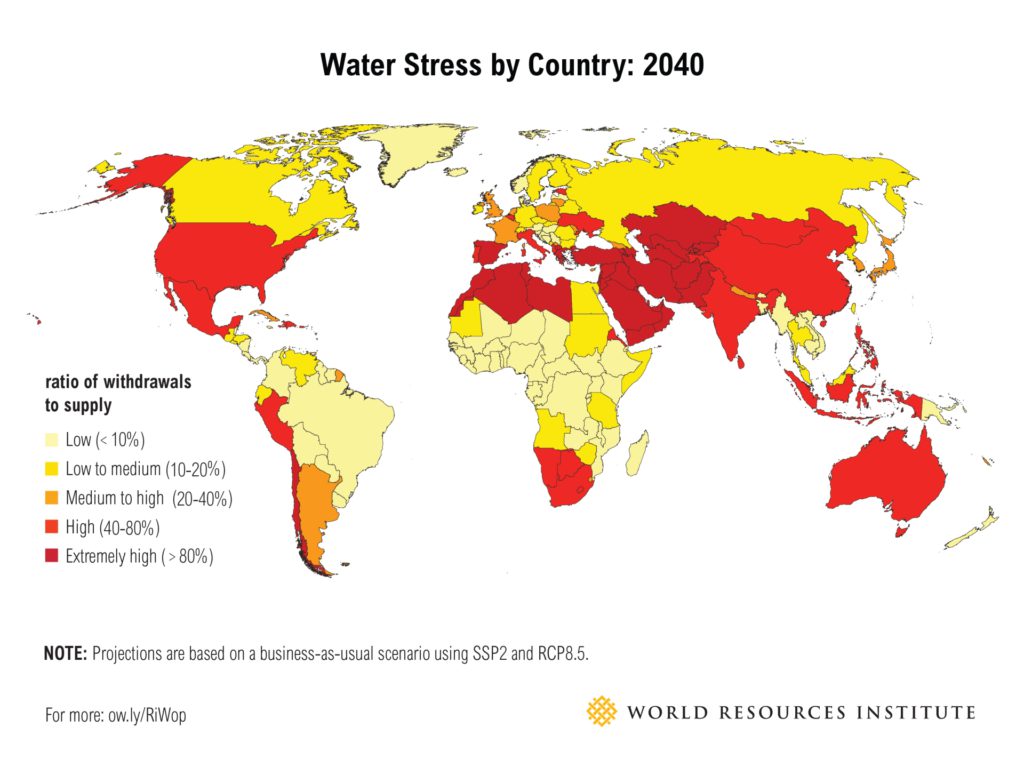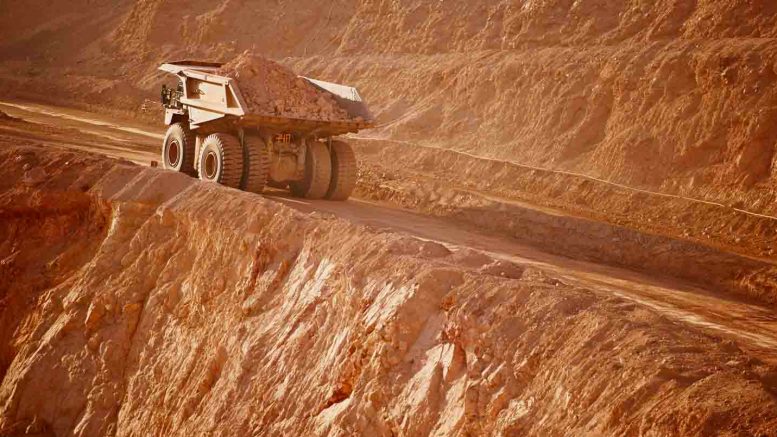BHP (NYSE: BHP; LSE: BHP; ASX: BHP), the majority owner and operator of Escondida copper mine in Chile, will have to spend up to US$93 million as part of an environmental plan drawn up to resolve a lawsuit from the state over water use and related damage to a sensitive area in the country’s north.
The case goes back to April last year, when the Chilean State sued BHP over alleged “irreparable damage” to the Punta Negra salt flat, in the northern Antofagasta region.
The bone of contention was the mine’s now-abandoned practice of drawing water from the salt flat. The area is one of the many natural resources that has been depleted after decades of mining activity in and around the Atacama desert, the driest place on Earth, and nearby salt pan.
The country’s environmental watchdog (SMA) ruled against BHP in July 2020. It concluded Escondida, the world’s largest copper mine, had caused a decrease in the water table levels greater than 25 centimeters. That is the allowed limit in the Atacama desert, the world’s driest, where the mine is located.

The desalination plant at the Escondida mine in Chile. Credit: BHP.
The case triggered a government-vetted water study, which included looking into practices used by miners present in the area, home to some of the planet’s largest copper and lithium deposits.
The First Environmental Court’s resolution, published in local media this week, rubber-stamped what it described as an “unprecedented” agreement that included a total of 19 measures BHP must take.
These actions are expected to cost the miner a minimum of US$81 million and up to US$93 million in technical studies of the salt flat and a management plan to repair damage.
Such proposal, which will require fresh approval from the environment ministry, should include measures to restore and maintain the fragile ecosystems of the flat, the court said. It will also have to set a plan to protect microorganisms capable of living in dry, hot conditions.
While northern Chile is occasionally hit by heavy rains and floods, the country’s water authority DGA has documented how the area has become drier over the last decade. This has added an extra layer of difficulty for mining companies with projects and operations nearby, at times when the industry’s demand for water is expected to soar as ore grades decline.
Data from the national mining association, Sonami, shows that about 20% of the water currently used by major copper miners comes from the sea. The figure, however, is expected to more than double by 2029.
Cochilco, in turn, forecasts that ocean water consumption will represent around 43% of the total used by the local mining industry in the next 10 years.
BHP now draws 100% of the water for Escondida from the Pacific Ocean. The world’s largest miner has vowed to stop using fresh water drawn from the surface and underground in Chile by 2030.

In 2018, the mining giant spent US$3.43 billion on a desalination plant for the Escondida mine, which includes two pipelines to transport the water 3,200 meters above sea level.
Other than their high cost, desalination plants also pose worries related to the waste miners generate.
Lithium producers generate brine, which is usually pumped back into the reservoir where the water was taken from. This causes an imbalance in the overall water composition, which is harmful to the environment within the sourcing body.
Escondida is expected to produce 1.01-1.06 million tonnes of copper in the 2021 financial year. The figure is equivalent to over 5% of the world’s annual mined copper output.
Production at the operation is under threat as a strike held by 200-member union, representing remote operations workers at Escondida and Spence, enters its eighth day.
Chile’s copper commission Cochilco published this week April copper production figures that showed a decrease across the board, with Escondida down 16.5% to 85,700 tonnes.


Be the first to comment on "BHP to pay $93m for environmental damages at Escondida"